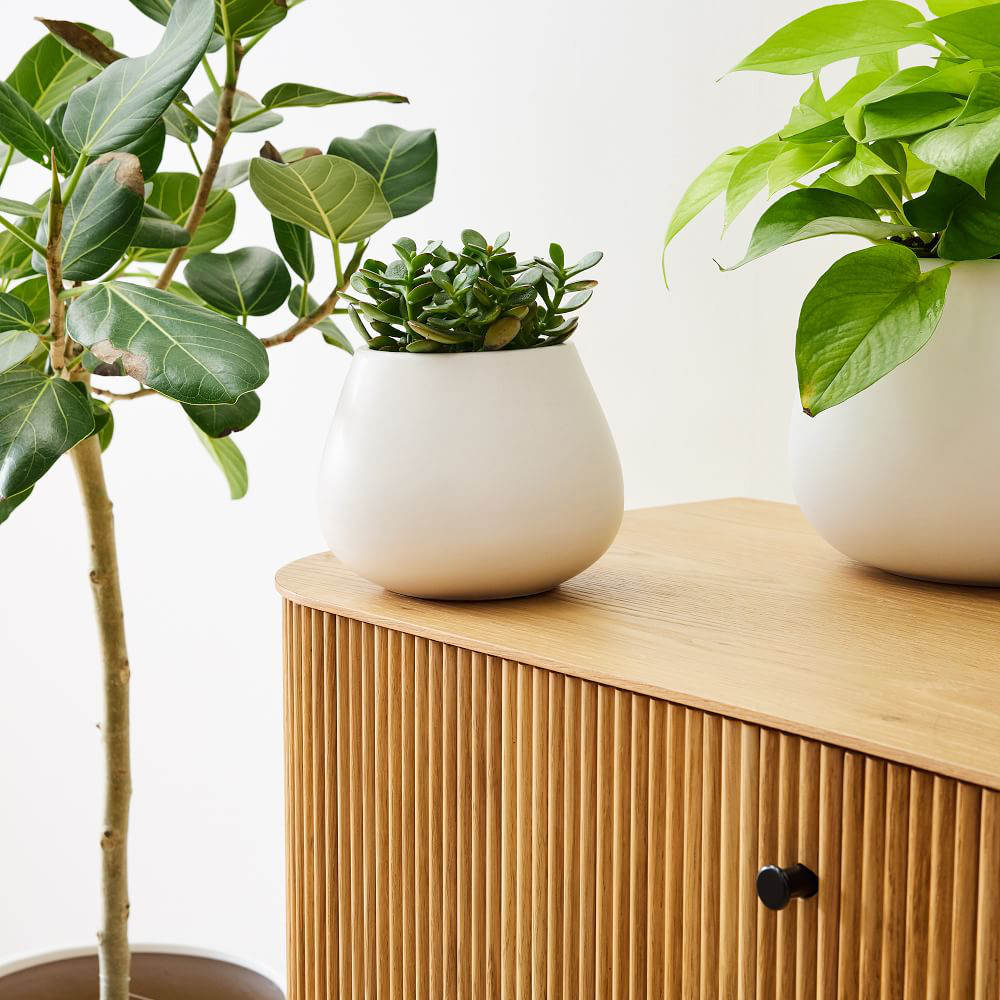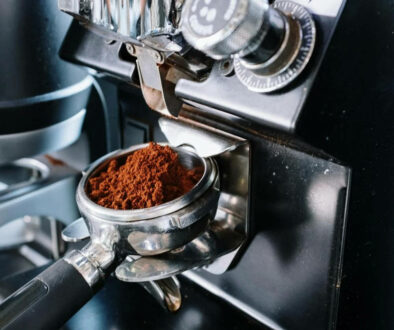Easiest Ways to Descale Your Kettle with Natural Products
About 60% of the UK has hard water flowing from taps at home. In some regions rich in chalk and limestone, the leeching of minerals into the water makes the water very hard. This means that the content of dissolved calcium and magnesium in the water is greater than 300 mg/l. While overall, it is accepted that hard water does not pose a health risk, it does cause limescale build up in pipes and in kettles.
Limescale or calcium carbonate builds up in kettles quickly in areas of hard water. This decreases the efficiency of the kettle and can also cause deposits in our cups and scum in our tea. To reduce limescale build up especially in kettles, it is recommended that descaling is carried out every couple of months in areas with very hard water.
How to descale with natural kitchen products
Before boiling with descaling solutions, remove the filter from the inside of your kettle. Empty as much of the solid limescale pieces out from your kettle as possible. Rinse the kettle a few times to make sure that all of the fine pieces and powdered limescale is removed. When all the physical limescale is removed, use one of the following methods to remove stuck on limescale.
1. Descale using a whole lemon
Wash and cut a lemon in to quarter wedges. Fill the kettle with 2 cups of water. Squeeze each lemon wedge ensuring that all the juice gets in to the kettle. Then drop the whole lemon wedge in to the kettle. Hit the boil lever and boil the water in the kettle. You might need to repeat the boiling a few times if your kettle is heavily coated with limescale.

Steps:
- Cut, squeeze a drop a lemon into the kettle
- Add two cups of water
- Bring it to boil with the lemon inside
- Leave to cool for a while. Repeat boiling if required
- Then pour out the remaining water and throw away the lemon
- Rinse kettle. Fill kettle with water and boil. Then pour away to remove residual lemon juice.
How it works: The citric acid from lemon juice reacts with limescale to neutralise it, leaving only dissolved ions.
Pros:
i) citric acid can remove limescale effectively
ii) boiling lemon smells nice and refreshing
Cons
i) low citric acid content in lemon means that it may need to be repeated a few times
2. White vinegar
The cheapest vinegar will work. As the smell of vinegar can be overpowering, boil the kettle in a well-ventilated area. Remember to open your windows or turn on your extractor fan.
Steps:
- Fill your kettle with 50-50 water and white vinegar to about half way.
- Repeat the boiling if necessary.
- Leave to cool. Then pour out the remaining water. Rinse kettle a few times.
- Fill kettle with water and boil. Then pour away to remove residual vinegar.
Although not harmful, hints of vinegar in tea does not taste nice.
How it works: The acetic acid from vinegar reacts with limescale to neutralise it, leaving only dissolved ions.
Pros:
i) acetic acid can remove limescale effectively
Cons:
ii) the smell of boiling vinegar is pungent and can hang around for a while
3. Citric acid
Citric acid (powder), which is the main component of a lot of edible treats, for e.g. sherbet can be bought in large quantities quite cheaply. It is very effective at de-scaling and can be used diluted in a spray bottle on stainless steel kitchen surfaces to remove limescale.

Steps:
- To descale your kettle, add 2 tbsps of citric acid powder in to your kettle and fill to approximately halfway. Boil.
- Repeat boiling if necessary and more scale should dissolve.
- Leave to cool for a while. Then pour out the remaining water. Rinse kettle.
- Fill kettle with water and boil. Then pour away to remove residual citric acid solution.
How it works: Citric acid reacts with limescale to neutralise it, leaving only dissolved ions.
Pros:
i) citric acid removes limescale very effectively
Cons:
i) slight after taste if not rinse out well completely
4. Commercial Descalers
Although there are commercial descalers on the market, they work in much the same way. Often it is a sachet or tablets of citric acid to be diluted in water. Alternatively there are physical descalers such as stainless steel wool balls. These are left in the kettle and act as physical nets that catch limescale as it builds over time.

If you have an instant hot water dispenser, see steps to descale and maintain the boiler.














